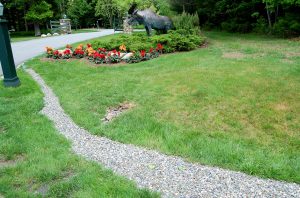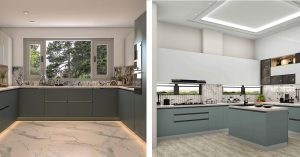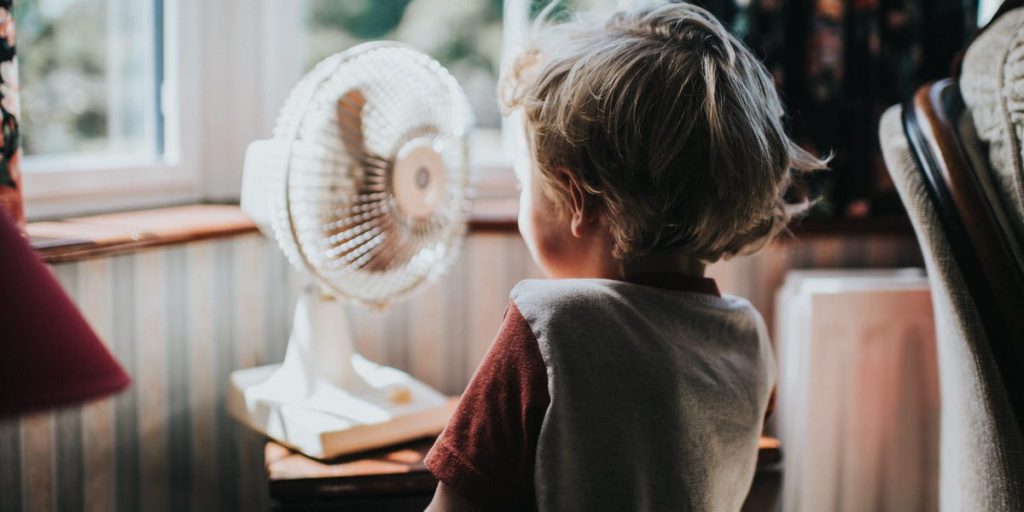Our experts choose the best products and services to help make smart decisions with your money (here’s how). In some cases, we receive a commission from our partners; however, our opinions are our own. Terms apply to offers listed on this page.
- If you want to save money and reduce your contribution to the climate crisis, passive cooling helps.
- Passive cooling a home that’s already built comes with some extra costs, but it can pay off over time.
- Many passive-cooling strategies exist, and it doesn’t have to be an all-or-nothing process.
- This article is part of “Your Wallet on the Climate Crisis,” a series exploring the crisis’ financial impact and how people can plan. For more climate-action news, visit Insider’s One Planet hub.
With record heat sweeping across the globe, you might have noticed your electricity bill rising as you pay for air conditioning. One possible way to reduce your costs — and avoid contributing further to the climate crisis — is investing in passive-cooling strategies.
“Passive cooling is using natural methods, rather than machines, to cool down your house,” said Tim David, the owner of Airlucent, an Alabama-based HVAC company.
Rather than relying on refrigerant, this approach uses nature — including cross breezes, reflective surfaces, shade, and water evaporation — to reduce the indoor temperature.
While some of the changes can be costly to implement, incorporating passive cooling can reduce your energy costs in the long term, particularly if you live in the South or another warm area of the country, David said. Personal loans for home improvement can help make these upgrades more accessible.
The tenets of passive cooling
The best passive cooling systems utilize a few different approaches, David said. The principles of passive cooling include:
-
Natural air flow. This means aligning windows and doors to capture the natural breeze outside the home and funnel it through the space in as straight a line as possible.
-
Ventilation and convection. Ventilation allows more airflow through the home. Convection causes warm air to rise. With both, you can allow hot air to escape through roof vents, while cooler air is drawn into the home. This creates airflow, even when there isn’t a natural breeze.
-
Reflective materials. Using white or light-colored paint can deflect sunlight from your home. You can even take this a step further by buying specific materials. “Light-colored roofs, heat-reflecting tiles, and heat-reflecting painting on roofs are great at displacing daytime heat,” David said.
-
Shade. Along with reflective materials, shade can protect your home from sunlight. You can plant trees or shrubs to increase the shade you have available. If that’s not possible, use shades anytime a window is getting full sun.
-
Insulation. Thermal insulation in the walls, floors, and ceilings can absorb heat and keep it from reaching the living area of your home.
-
Water features. When water evaporates, it cools the air around it. “I really like adding water features outside, especially near the natural airflow intake windows, as this can really help cool the air entering the house,” David said.
It can take 4 years or more to recoup your costs
When you’re building a new home, incorporating passive-cooling strategies will have a minimal impact on your budget, and you can start saving money on cooling costs immediately, David said.
But if you’re renovating to try to reduce your reliance on air conditioning, you’re more likely to spend up front in order to get long-term savings. Blackout shades can cost hundreds of dollars, while painting your home can easily cost $5,000 or more. A new tile roof — one of the most effective passive-cooling strategies — can cost $20,000 or more.
On the other hand, air conditioners typically cost about $150 to $180 a month to run. There are also costs to purchasing an air-conditioning system, maintaining it, and replacing it.
“It might take a few years to recoup the initial investment, especially if major renovations are involved,” David said. “But if you are in a climate where an AC is used most of the year like in the South or Southwest, you could recoup the investment much faster.”
Mark Buskuhl, the CEO of Ninebird Properties, a Dallas-based property-flipping company, said it typically takes three to four years to recoup the cost of making passive cooling upgrades.
In the meantime, tax-credit programs could help offset the cost of renovations, he said. The Federal Efficient Home Improvement Credit gives you a tax credit of up to 30% of qualified expenses, for example. In addition, homes with passive-cooling features have higher resale values than those without.
Passive cooling doesn’t have to be all-or-nothing
The idea of totally kicking air conditioning can be intimidating, especially as temperatures rise. Luckily, passive cooling doesn’t have to be all-or-nothing, Buskuhl said. Sometimes Mother Nature can’t keep your home cool, especially in the peak summer months.
“Supplementary air conditioning systems may be necessary,” he said.
But even just reducing your reliance on air conditioning can have benefits for your wallet and the environment.
“Think of passive cooling as just one part of creating a cooler, sustainable home environment,” David said.
Read the full article here














